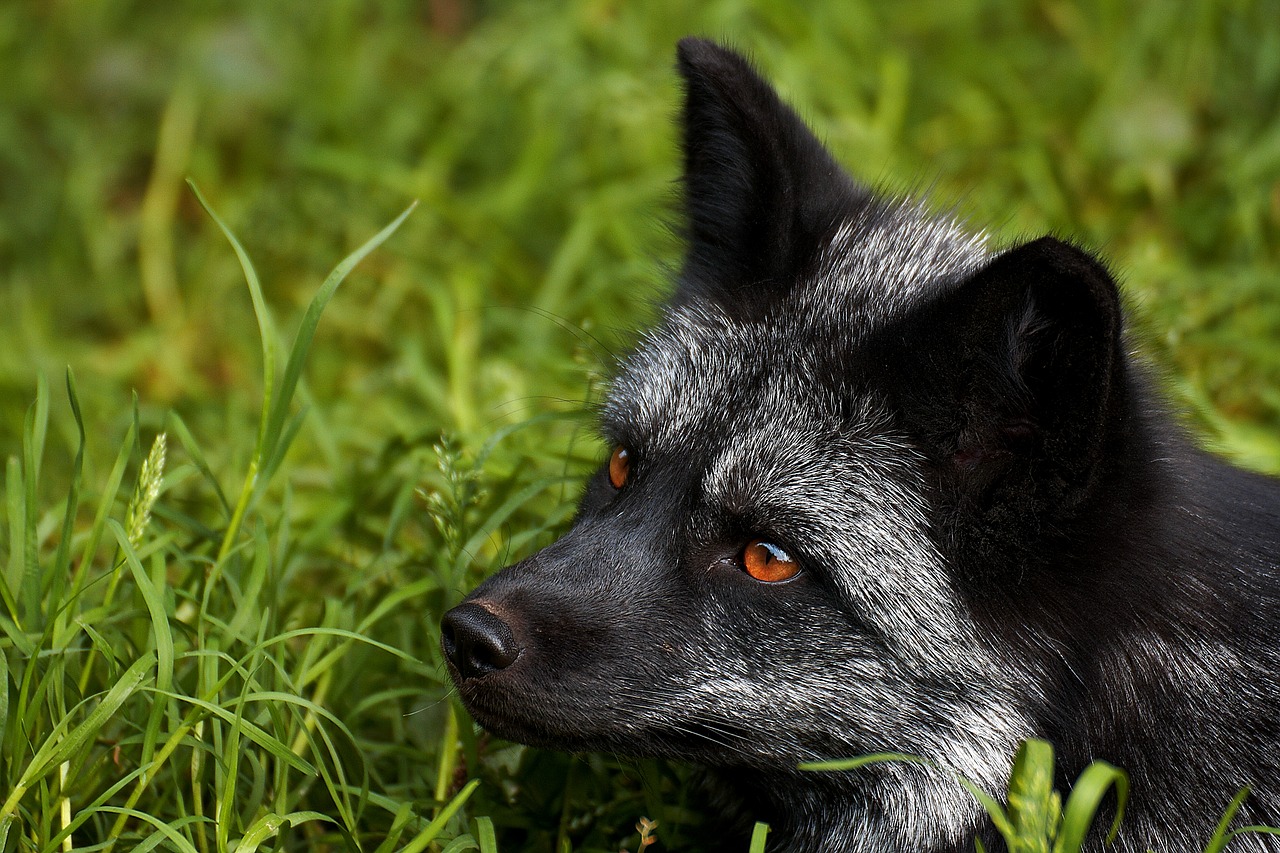Information about the Kukekova Lab.
 The Kukekova Lab is interested in identifying novel biological mechanisms and gaining a better understanding of well-known mechanisms through which genetic and environmental factors may regulate inter-individual differences in social behavior. In particular, our research is focused on aggression, anxiety, and affiliation, the behavioral systems consistently found to be associated with neurological disorders. To identify molecular mechanisms involved in the regulation of these behaviors, we are studying strains of tame and aggressive red foxes (Vulpes vulpes) developed at the Institute of Cytology and Genetics of the Russian Academy of Sciences. We are using a combination of approaches including genetics, genomics, and transcriptomics to understand dramatic differences in the behavior of these foxes and to pinpoint the mechanisms which may be disturbed in human behavioral disorders.
The Kukekova Lab is interested in identifying novel biological mechanisms and gaining a better understanding of well-known mechanisms through which genetic and environmental factors may regulate inter-individual differences in social behavior. In particular, our research is focused on aggression, anxiety, and affiliation, the behavioral systems consistently found to be associated with neurological disorders. To identify molecular mechanisms involved in the regulation of these behaviors, we are studying strains of tame and aggressive red foxes (Vulpes vulpes) developed at the Institute of Cytology and Genetics of the Russian Academy of Sciences. We are using a combination of approaches including genetics, genomics, and transcriptomics to understand dramatic differences in the behavior of these foxes and to pinpoint the mechanisms which may be disturbed in human behavioral disorders.
Our Principal Investigator is Anna Kukekova.
Check out our website here to keep up with news relating to our lab.
 The silver fox (Vulpes vulpes) is taxonomically close to the dog (Wayne, 2001) but although reared in captivity, they had not been domesticated previously. Under standard farm conditions, foxes normally exhibit distinct patterns of aggressive and fear-aggressive behavior to humans. Dmitriy Belyaev and colleagues hypothesized that a selection of farm foxes for less-fearful and less-aggressive behavior would yield a strain of domesticated fox (Belyaev 1969, 1979; Trut, 1999).
The silver fox (Vulpes vulpes) is taxonomically close to the dog (Wayne, 2001) but although reared in captivity, they had not been domesticated previously. Under standard farm conditions, foxes normally exhibit distinct patterns of aggressive and fear-aggressive behavior to humans. Dmitriy Belyaev and colleagues hypothesized that a selection of farm foxes for less-fearful and less-aggressive behavior would yield a strain of domesticated fox (Belyaev 1969, 1979; Trut, 1999).
Selection of Foxes for Tame Behavior
Selection for tame behavior was started at the Institute of Cytology and Genetics (ICG) in Novosibirsk, Russia in 1959 with 130 farm-bred foxes that demonstrated the least avoidance behavior towards humans. Subsequently, only the tamest individuals in each generation have been allowed to breed, while at the same time a deliberate effort was made to avoid inbreeding (Trut, 1999, 2001; Trut et al., 2004). The tame population developed relatively fast in response to selection – with 18 percent of foxes from the tenth generation demonstrated extremely tame behavior. Little behavioral variation was observed by 1985 and thereafter (Trut, 1999, 2001; Trut et al., 2004). The selectively bred tame foxes show behavioral patterns extremely similar to those of domestic dogs: by one month postnatal they become eager to establish human contact, whimpering to attract attention and sniffing and licking at humans, just like puppy dogs. To ensure that tameness results from genetic selection, foxes are not trained and are only allowed brief “time dosage” contacts with humans.
Selection of Foxes for Aggressive Behavior
In parallel with this selection for tameness, a second strain of foxes was bred selectively to preserve wild-type (“aggressive”) behavior (Trut, 1999, 2001). This aggressive strain was developed because foxes exhibiting wild-type behavior can be difficult to handle and, under farm conditions, even unselected foxes are subject to some degree of less-deliberate selection for relatively tame behavior.